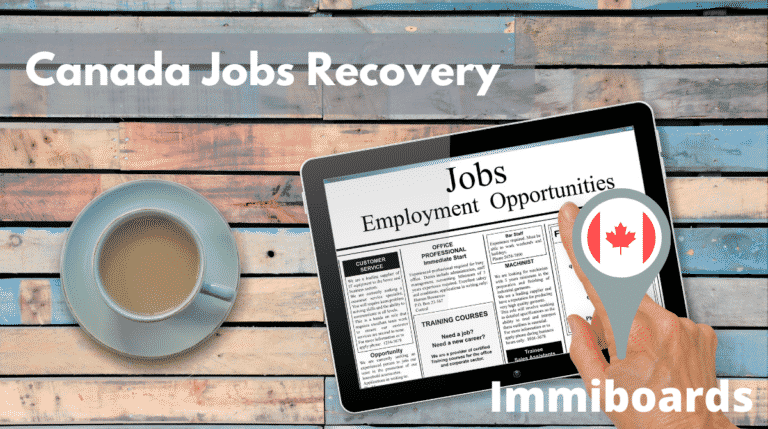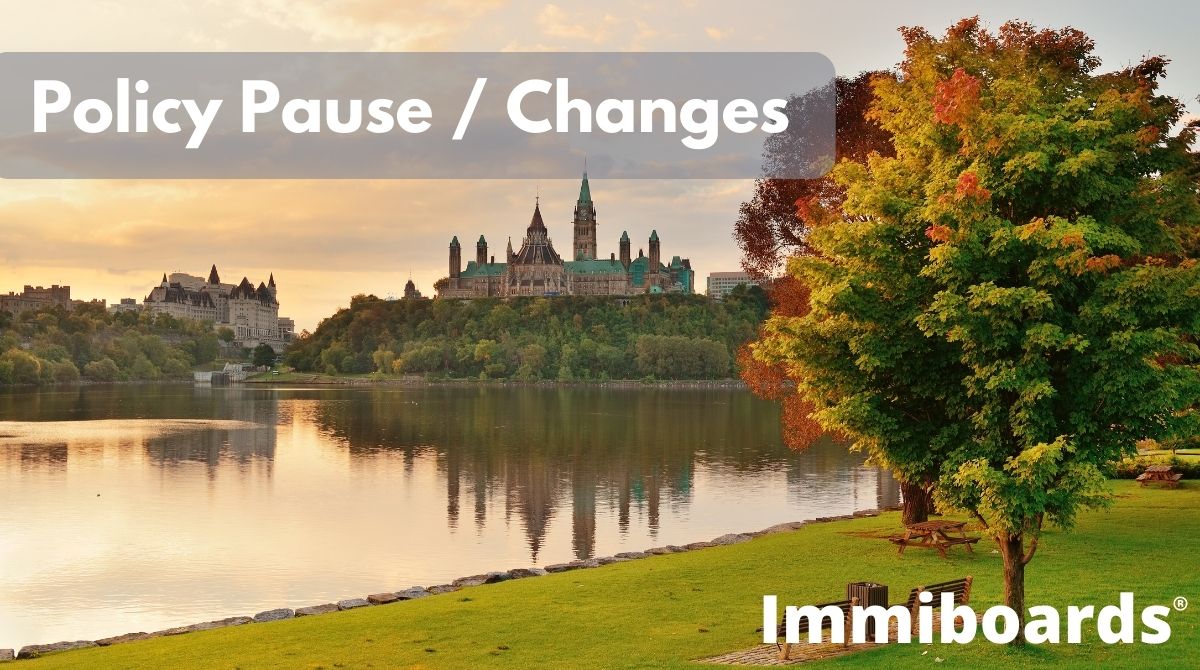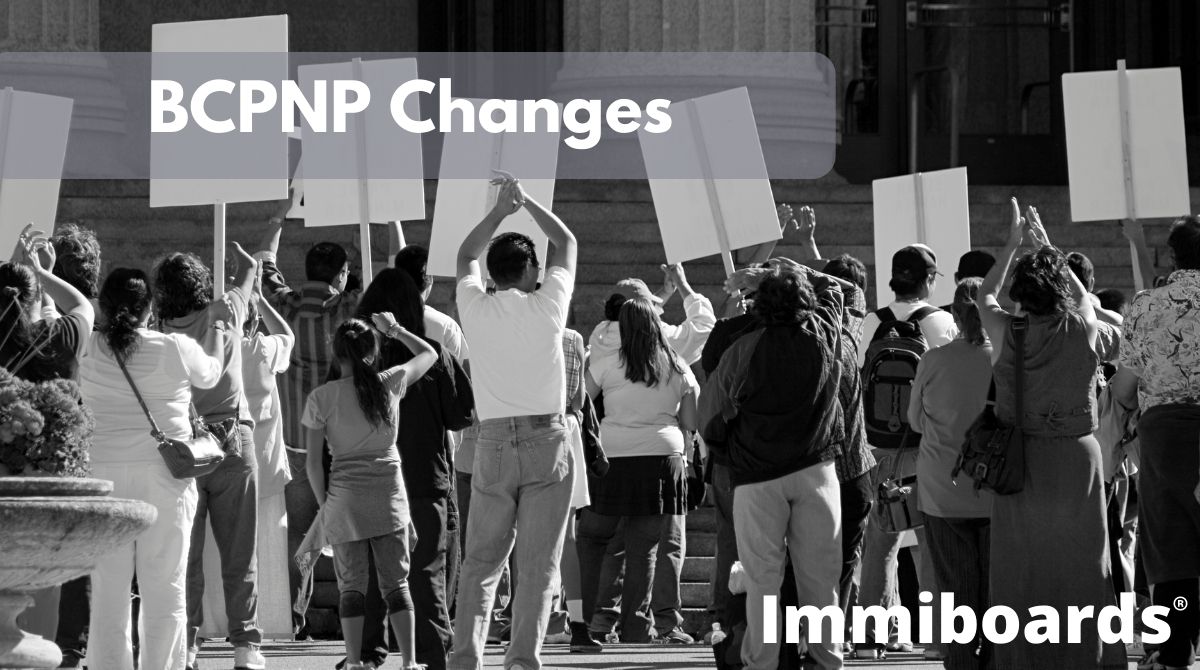OTTAWA — The latest data from Statistics Canada shows that more jobs are available in the second quarter of 2021 than two years ago. This is excellent news for job seekers, as it indicates that the economy is slowly recovering. The number of vacancies increased by 25% in Q2 2021 compared to the same quarter two years ago.
Highest job vacancy rate since 2015
The job vacancy rate was 4.6% in Q2 2021, which is higher than ever since comparable data became available in 2015!
The Labour Force Survey (LFS) indicates that employment has increased by an average of 0.5% in the last three months, indicating a possible easing influence on labour market conditions with further progress expected going forward as restrictions fall away and economic growth increases again.
Average hourly wage increases
The average hourly wage across all job vacancies in the second quarter of 2021 was 7.3% (+$1.55) higher than in 2019, rising to $23 an hour.
The hourly wage increased in all provinces except for Newfoundland and Labrador. Prince Edward Island and British Columbia saw the largest increase in average hourly wage at CA$ 18.55 (+CA$ 3.40)and CA$ 24.00 (+CA$ 2.40), respectively.
Job vacancies rise in all provinces
Job vacancies increased in all provinces in Q2 2021 compared to Q2 2019, with Ontario and Quebec experiencing significant increases. In these two jurisdictions alone, there was an increase on average over 24%. Ontario saw an increase of 24.1% while it was 38.3% for Quebec.
The highest job vacancy rates across Canada can be seen within Côte-Nord and Nord-du Québec, where they reached 7.3%, followed closely by Thompson–Okanagan at 6.7%.
The number of job vacancies in the health care and social assistance sector rose by 59.9% from the 2nd quarter of 2019 to 2021, making it one out of seven jobs available across Canada during these two years! All subsectors experienced an increase; roles including Registered Nurses (RNs) had the most significant increases at +85.80%.
The average hourly wage for registered nurses and psychiatric nurses is up 5.9% compared to the same quarter in 2019 at CA$ 32.50.
Job vacancies in Construction continue to rise
The construction industry is also seeing a strong rebound in job vacancies. The job vacancy in Construction increased by 46.7% compared to the same quarter in 2019!
Vacancies in retail trade up by one-third
The number of job openings in retail trade has increased by 31% over the past two years, reaching an all-time high this quarter. Vacancies are up 19,900, with food and beverage stores leading to new jobs across Canada’s economy.
Record number of job vacancies in manufacturing
The number of vacancies in the manufacturing sector increased by 14,800 (+28.9%) to 65,900 over the past two years – one of highest counts since 2015! The increase is spread across several subsectors; with food production and wood product manufacturing seeing a huge boost
Job vacancies increase to an all-time high in accommodation and food services
The number of job vacancies in accommodation and food services increased by 11,600 (+14.9%) from the second quarter 2019 to a new all-time high for this sector – 89,100! This trend can largely be attributed to changes within public health restrictions that have caused an upsurge not just among restaurants but also bars (which saw over 13,500 more people employed).
Summary
Canada’s labour market continues to recover from the pandemic-induced recession, with all of its provinces seeing increases in job vacancies. The latest data from Statistics Canada shows that more jobs are available across the country than ever before. Is it a sign of an economy on solid footing? How do these numbers affect your career prospects? Discuss in Canada Immigration Visa Forum.






